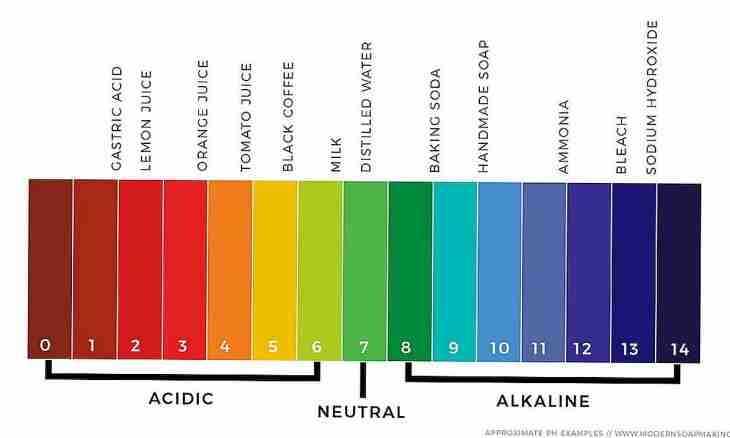Lithium, sodium, potassium, rubidium, caesium and frantion – metals of the main subgroup of the I group in the table of elements of D.I. Mendeleyev. They are called alkaline as in interaction with water they form the soluble bases – alkalis.
Alkaline metals are s-elements. On an external electron layer each of them has one electron (ns1). Radiuses of atoms from top to down in subgroup increase, energy of ionization decreases, the recovery activity, as well as ability to give valent electrons from an external layer, increases.
The considered metals are very active therefore in a free state they in the nature do not meet. They can be found in the form of connections, as a part of minerals (NaCl table salt, NaCl∙KCl sylvinite, glauberovy NaSO4∙10H2O salt and others) or in the form of ions in sea water.
Physical properties of alkaline metals
All alkaline metals under usual conditions represent the silver-white crystal substances possessing high warm and conductivity. They have the body-centered cubic packing (BCCP). Density, temperatures of boiling and melting at group metals I rather low. From top to down in subgroup of density increase, and temperatures of melting decrease.
Receiving alkaline metals
Alkaline metals receive usually electrolysis of the melted salts (more often than chlorides) or alkalis. At NaCl fusion electrolysis, for example, on the cathode pure sodium, and on the anode – gaseous chlorine is emitted: 2NaCl (fusion) =2Na+Cl2 ↑.
Chemical properties of alkaline metals
On chemical properties of lities, sodium, potassium, rubidium, caesium and frantion are the most active metals and some of the strongest reducers. In reactions they easily give electrons from an external layer, turning into positively charged ions. In the connections formed by alkaline metals the ionic communication prevails. In interaction of alkaline metals with oxygen as the main product peroxides, and as collateral – oxides are formed: 2Na+O2=Na2O2 (sodium peroxide), 4Na+O2=2Na2O (sodium oxide). With halogens they give halogenides, with sulfur – sulfides, with hydrogen – hydrides: 2Na+Cl2=2NaCl (sodium chloride), 2Na+S=Na2S (sodium sulfide), 2Na+H2=2NaH (sodium hydride). Sodium hydride – unstable connection. It decays water, giving alkali and free hydrogen: NaH+H2O=NaOH+H2 ↑. Free hydrogen and alkali are formed also in interaction with water of alkaline metals: 2Na+2H2O=2NaOH+H2 ↑. These metals also interact with the diluted acids, forcing out from them hydrogen: 2Na+2HCl=2NaCl+H2 ↑. Alkaline metals interact with organic halogenides on Vyurts's reaction: 2Na+2CH3Cl=C2H6+2NaCl.

